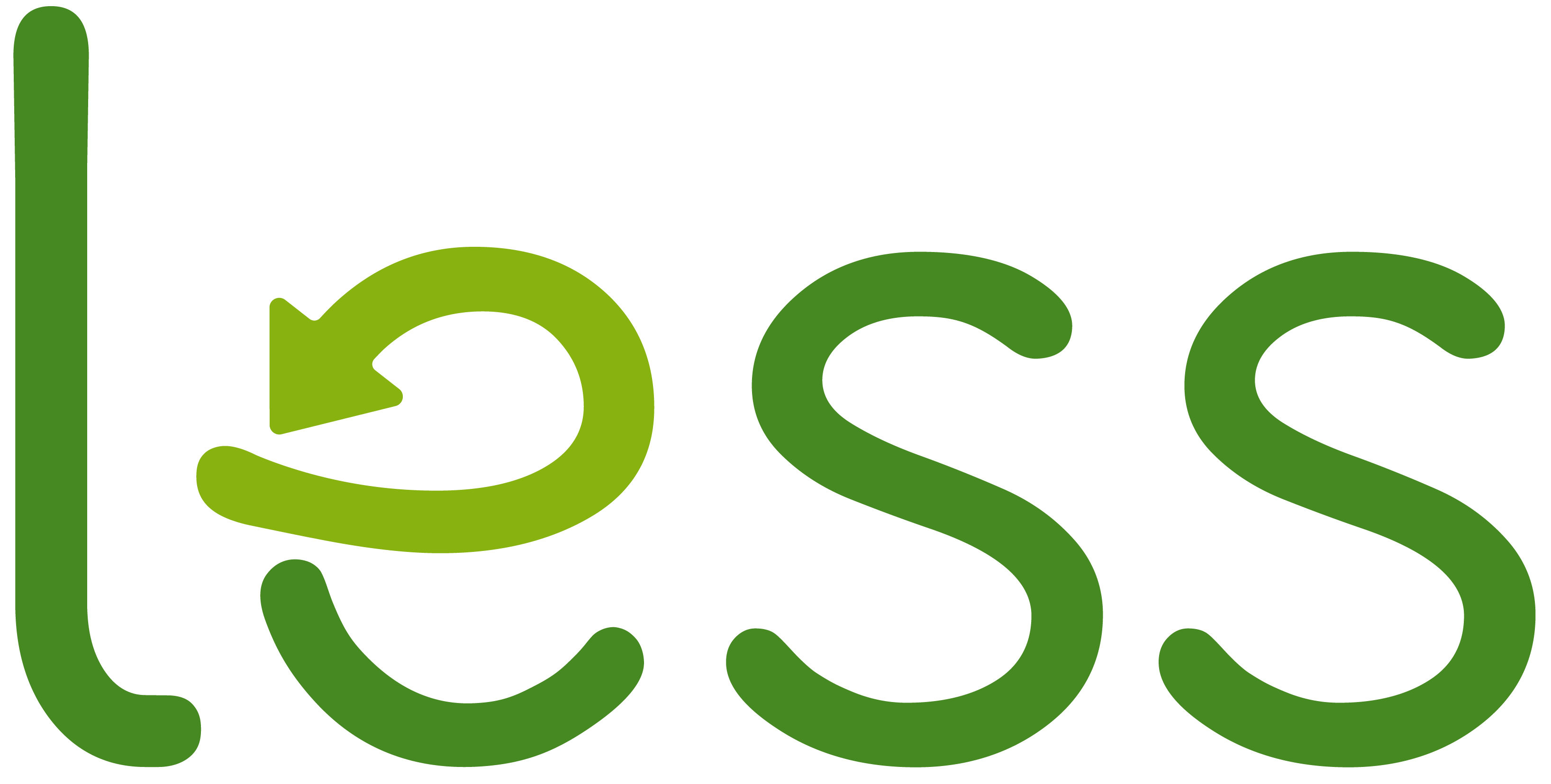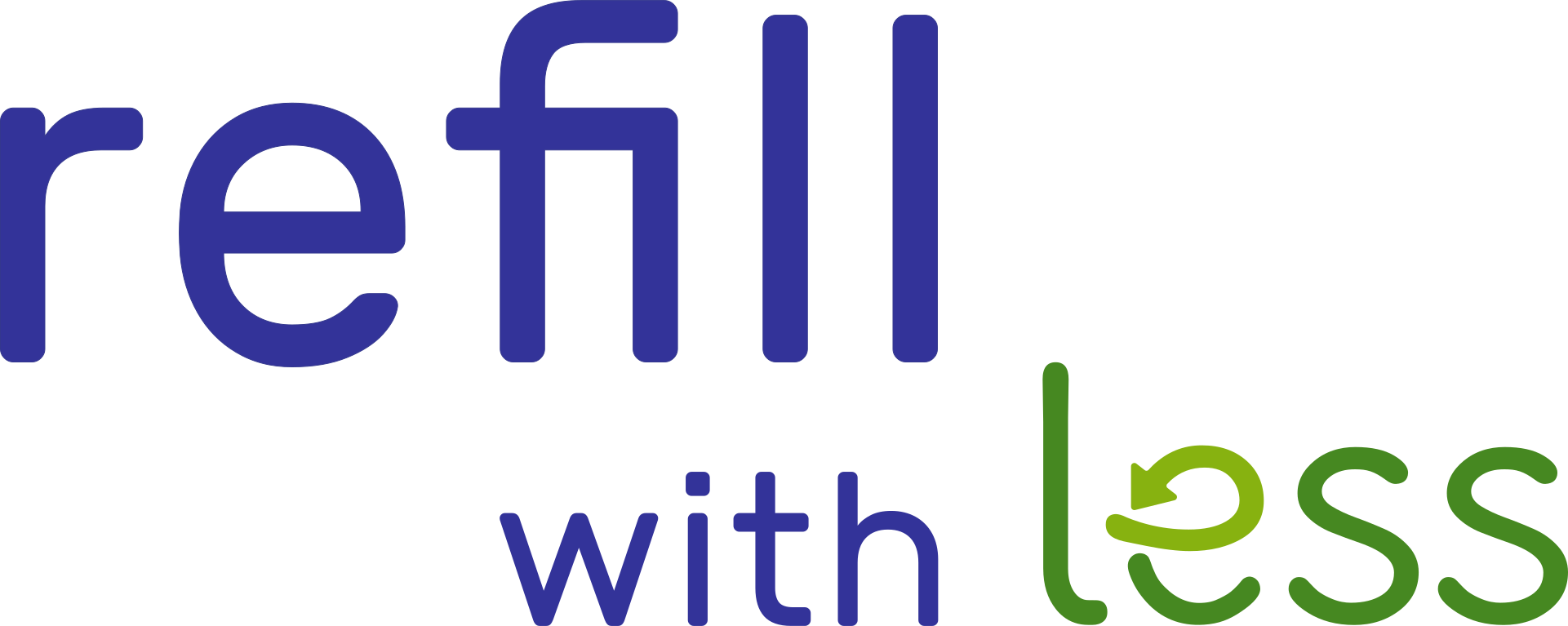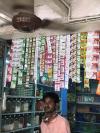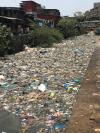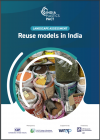Sachets And Recycling. (Or Not)
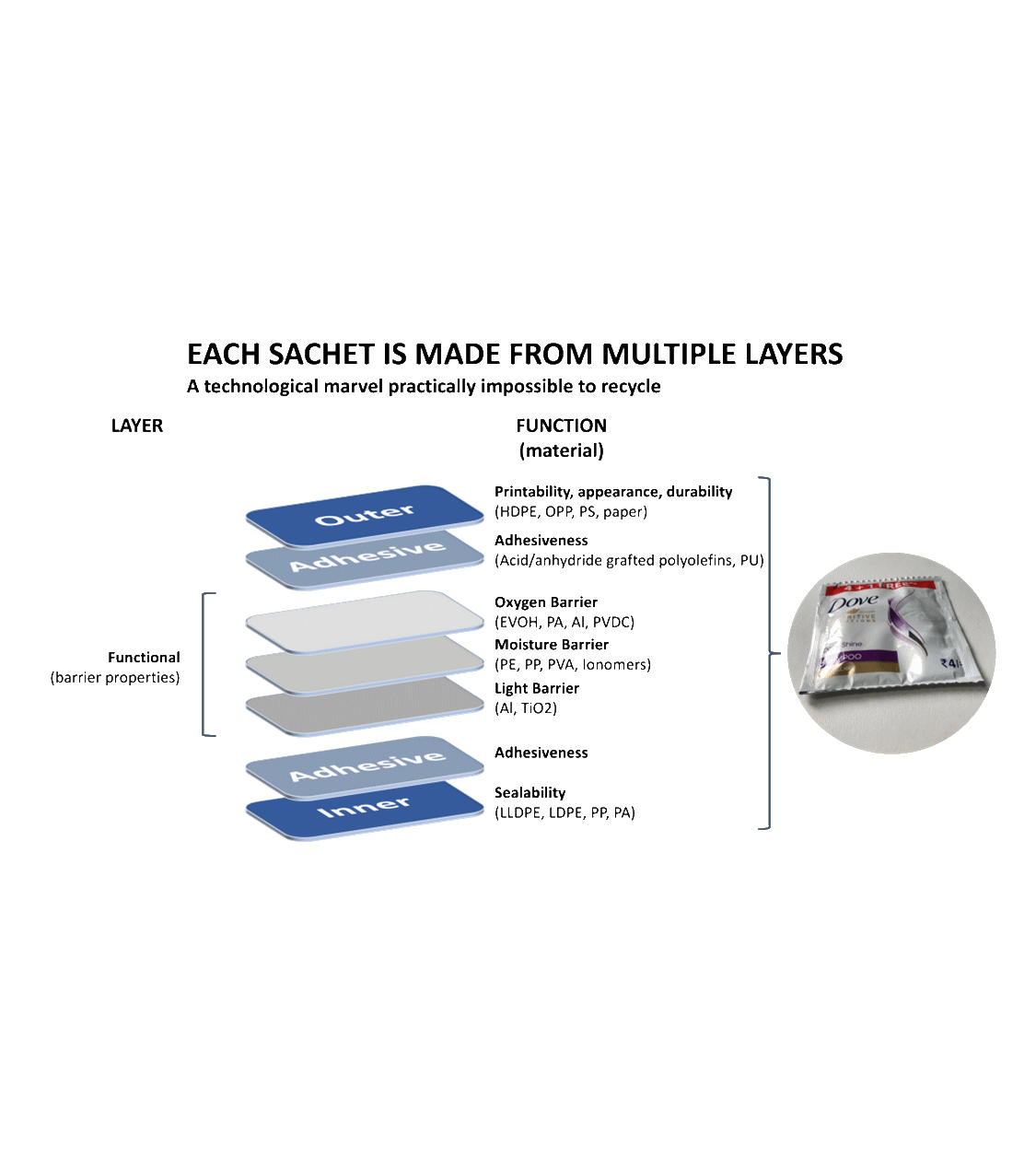
Sachets are a technological marvel. Flexible, light, waterproof, colourful, sterile and cheap, they’re perfect for storing and selling small amounts of food or liquid.
Most sachets are a sophisticated multi layered composite of aluminium, adhesives, and various plastics (such as PVC or polystyrene).
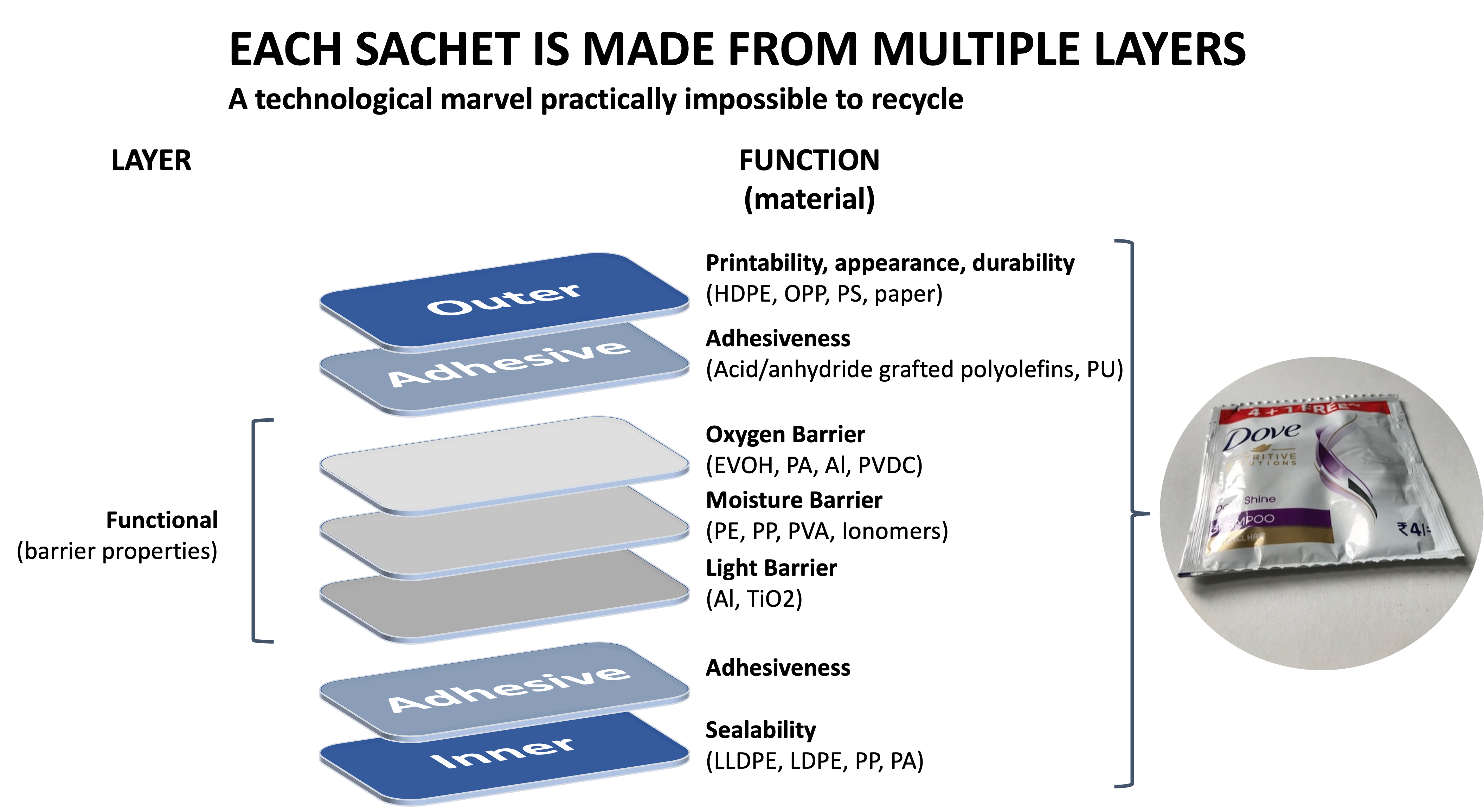
Multi-layering brings great properties but makes sachets almost impossible to recycle. Even if they were captured from the waste stream, very few facilities worldwide could recycle them, and fewer still could do it economically.
This isn’t news. Recycling never was a viable option for sachets and won’t be for decades, if ever. But you wouldn’t know this from the sachet itself. Here’s the back of a Dove sachet I purchased in India earlier this month with the recycling mark nice and clear. Right by the Unilever logo it has the recyclable triangle with the number 7 in the centre, suggesting it’s recyclable.
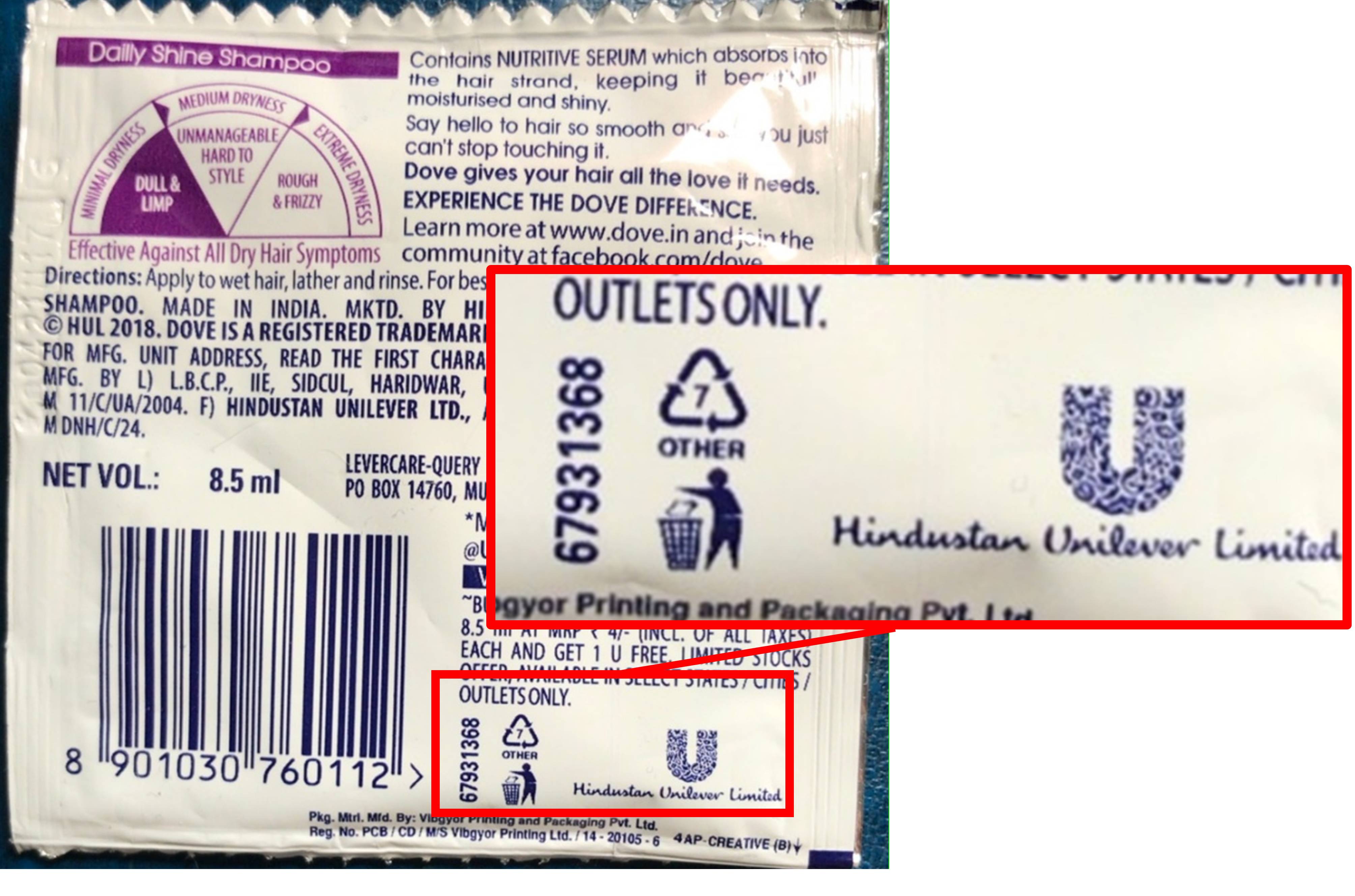
But Category 7 plastic is rarely recyclable in the UK or other developed economies. In India, it’s pure garbage. The best end of life scenario for a sachet is incineration, but most end up in landfill or the oceans.
Unilever knows this, of course, but it remains its preferred packaging for many of its market leading products, which includes Sunsilk, Dove and Clinic Plus.
